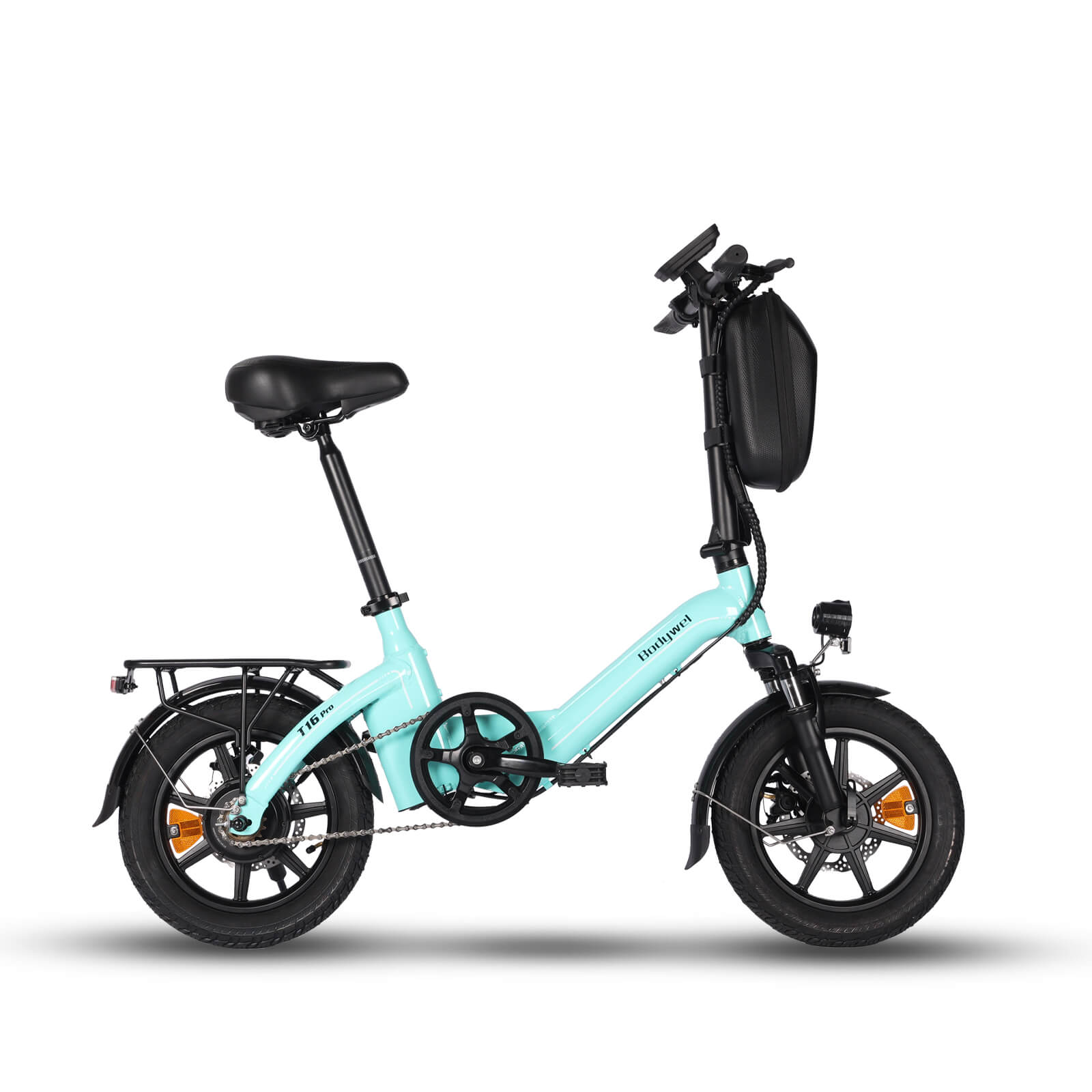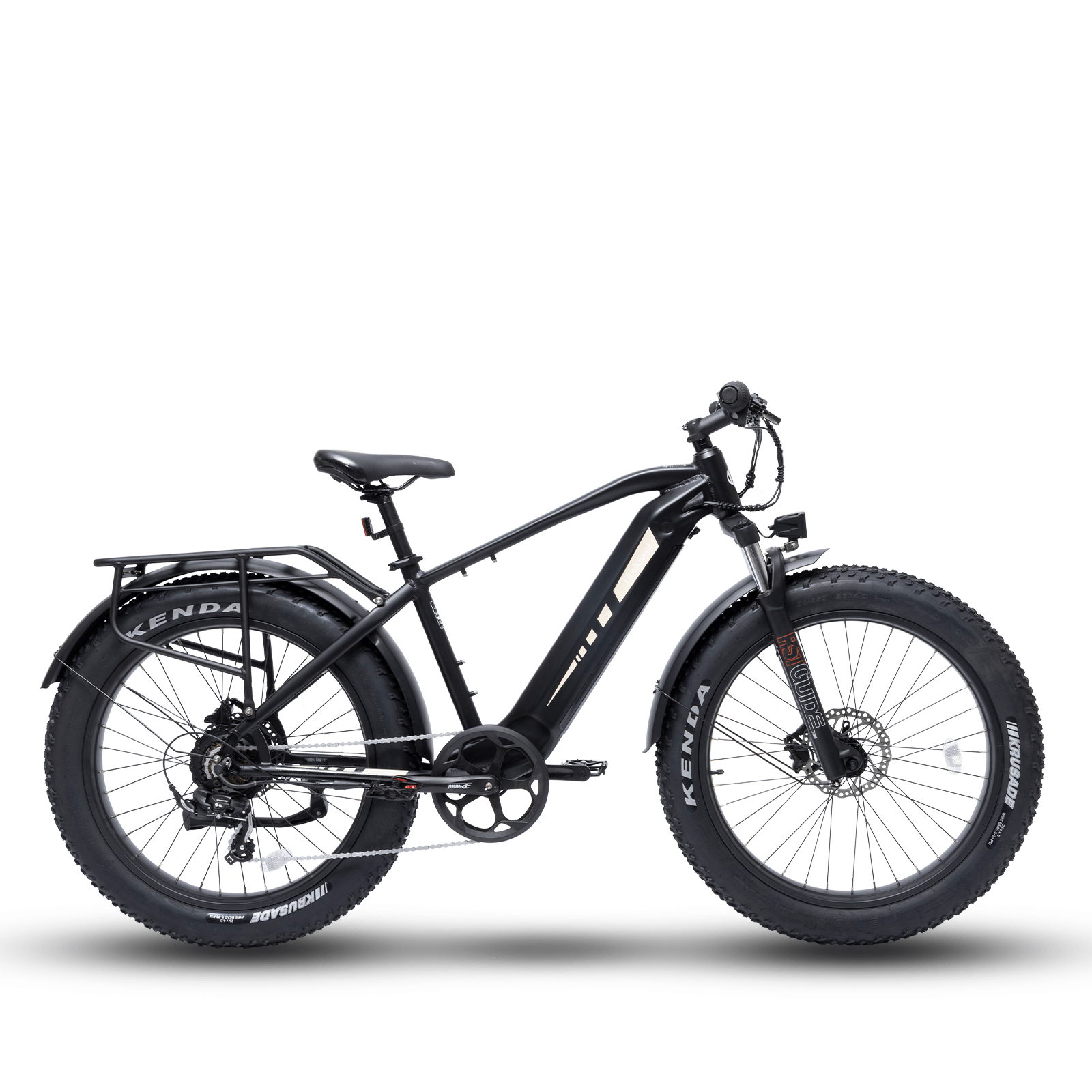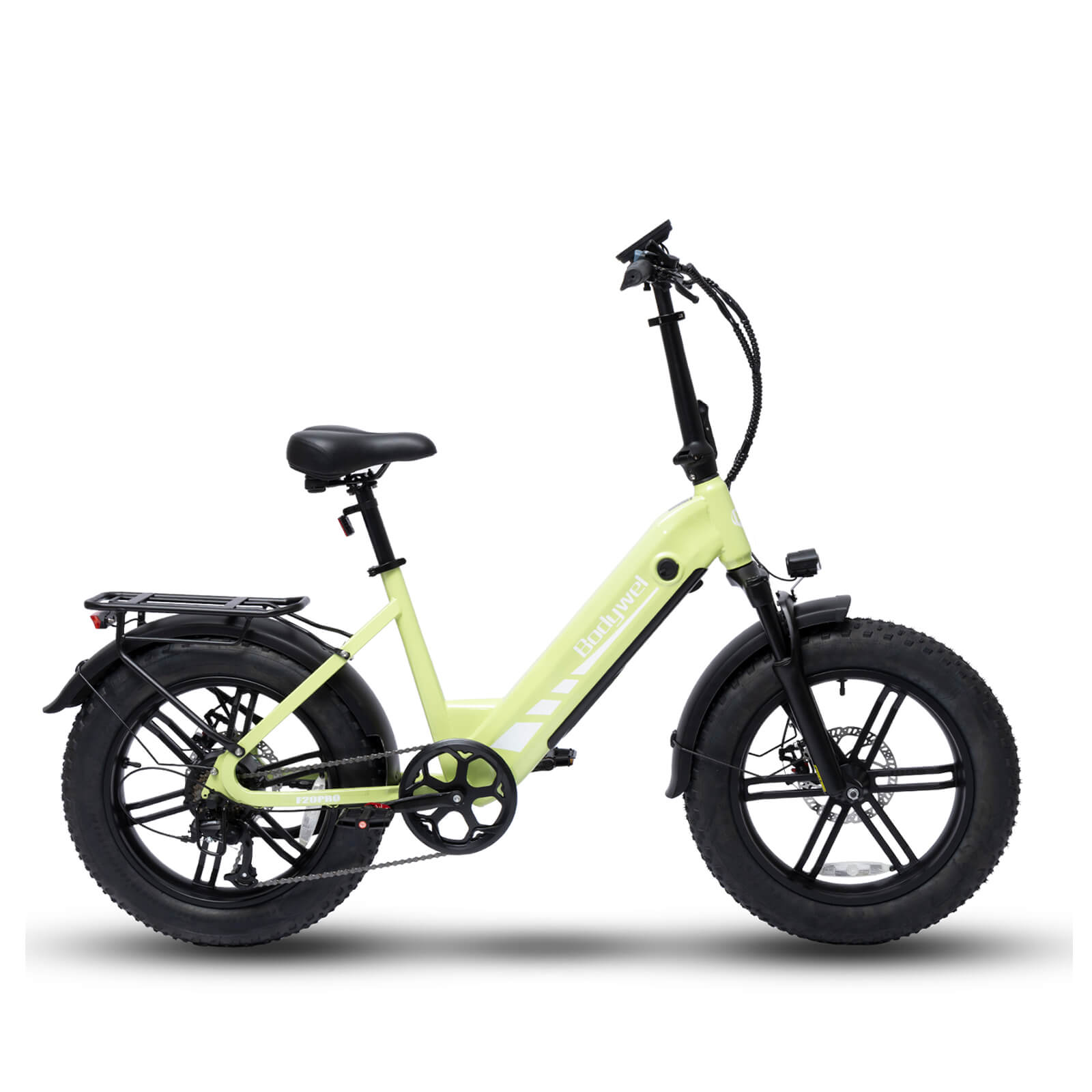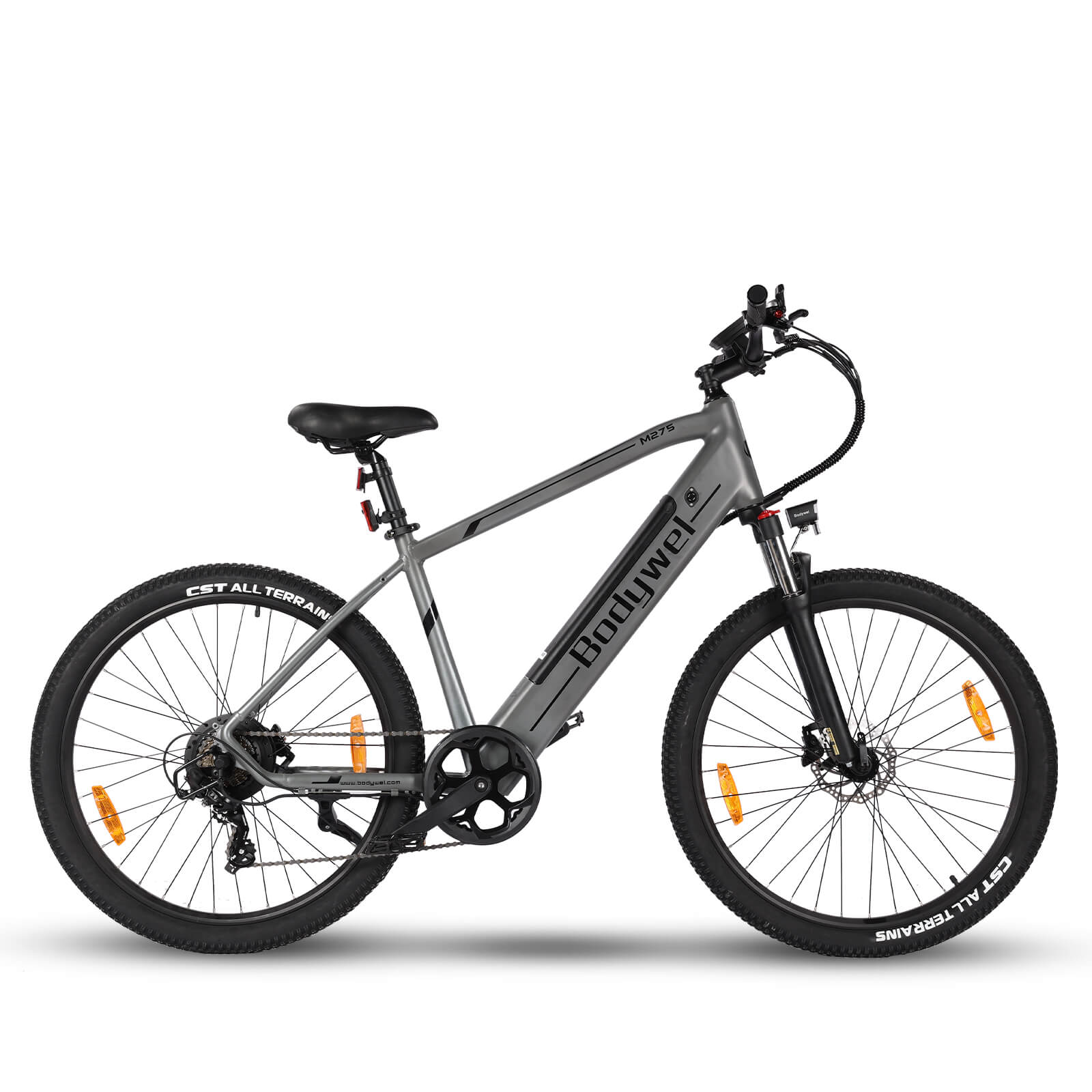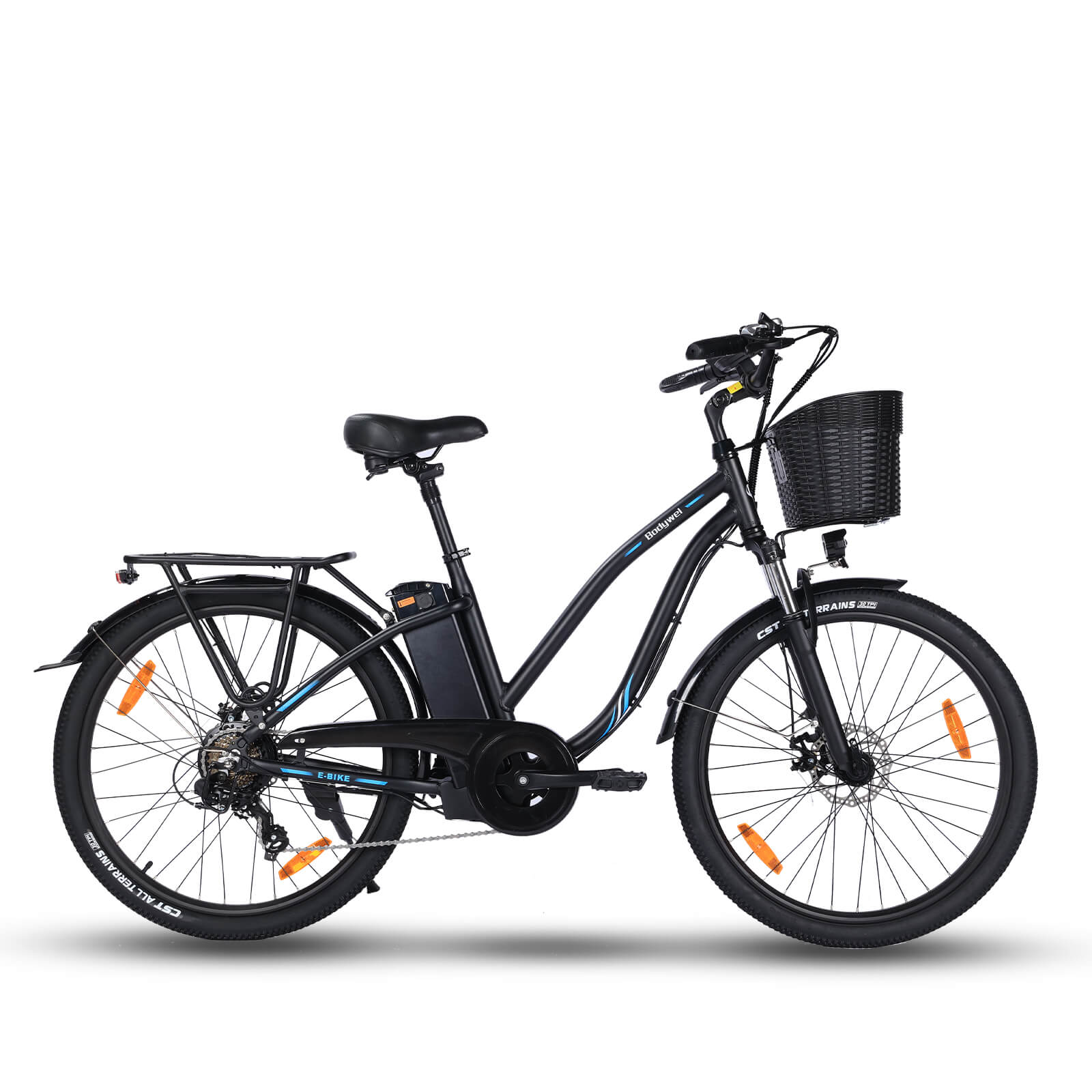5 Essential Tips to Extend Your E-Bike Battery Life

Maximizing Your E-Bike Battery Performance and Longevity
Proper care for your e-bike battery ensures longer lifespan and consistent performance. This guide covers five essential tips to optimize charging habits, storage conditions, and maintenance practices for lithium-ion power packs.
Optimal Charging Practices
Lithium-ion batteries, the standard for modern electric bicycles, thrive on partial charging cycles. Contrary to outdated beliefs, frequent full discharges degrade cell chemistry faster. For daily commuting, maintaining charge levels between 20% and 80% significantly prolongs battery health.
Partial Charging Benefits
A study by Battery University reveals that charging to 85% instead of 100% can double your e-bike battery's cycle count. Consider using smart chargers with adjustable charge limits, especially for riders who don't require maximum range daily.
Temperature Management
Extreme temperatures are the silent killers of e-bike power cells. Lithium-ion batteries operate optimally between 50°F (10°C) and 77°F (25°C). Prolonged exposure to temperatures above 104°F (40°C) accelerates capacity loss, while freezing conditions temporarily reduce performance.
Proper Storage Guidelines
When storing your electric bike for extended periods, maintain the battery at 40-60% charge in a climate-controlled environment. This charge level minimizes stress on the cells while preventing deep discharge. For winter storage, remove the battery pack and store it separately in dry conditions.
Cleaning and Maintenance
Regularly inspect battery contacts and housing for dirt or corrosion. Use a dry microfiber cloth for cleaning, avoiding liquid cleaners that might seep into the battery management system (BMS). Ensure the mounting bracket remains secure to prevent vibration damage during rides.
Regular Performance Monitoring
Modern e-bike batteries feature diagnostic tools through companion apps or display panels. Track metrics like voltage consistency and charge cycles. A 20% reduction in maximum range typically indicates it's time for professional battery health assessment.
- Tags: bike battery replacement e-bike battery e-bike power electric bike battery lithium-ion battery
0 comments




